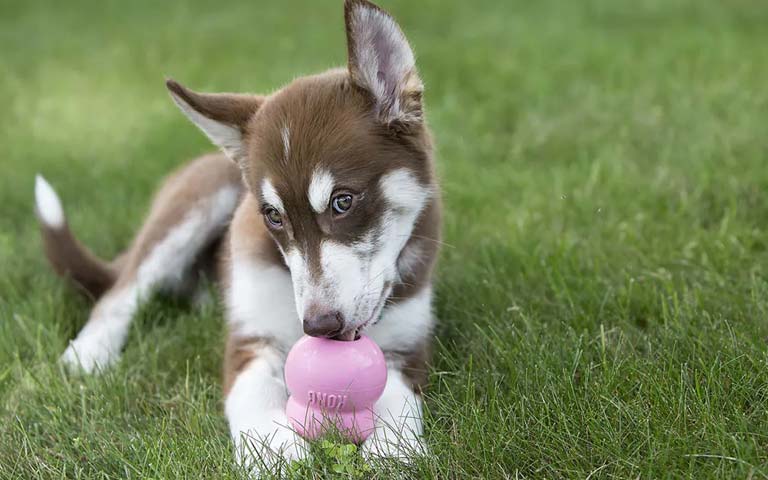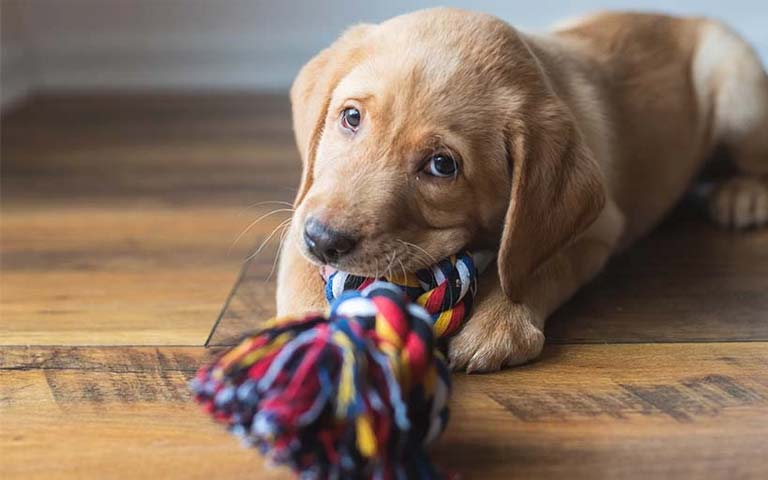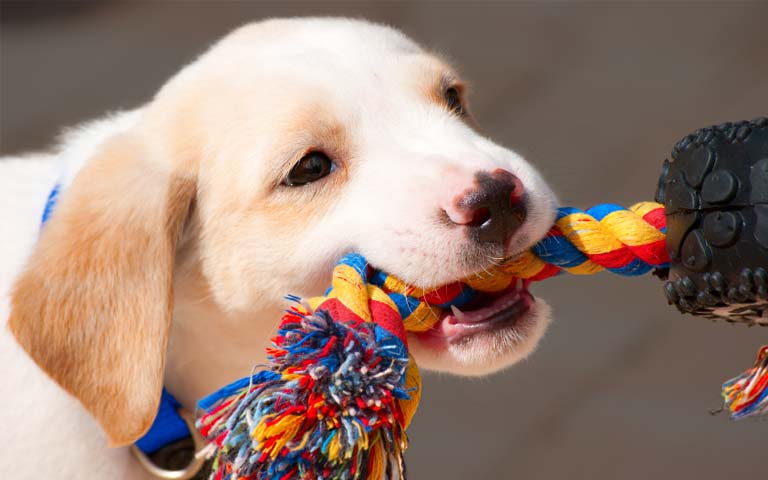Puppies are cute, cuddly, and playful creatures that bring joy to any household. However, just like human babies, puppies go through a teething phase that can be challenging for both the puppy and its owner. Understanding your puppy’s teething behavior is crucial in managing their chewing habits and keeping your home safe and intact.

In this ultimate guide to puppy teething, we will discuss everything you need to know about this stage, including signs of teething, how long it lasts, and how to manage your puppy’s chewing behavior.
1. Signs of Puppy Teething
Puppies start teething at around 3-4 months old and typically continue until they are 7-8 months old. During this time, they will experience discomfort and may exhibit some of the following signs:
- Chewing on everything they can get their paws on
- Swollen, red gums
- Loss of appetite or difficulty eating
- Increased drooling
- Whining or crying
If you notice any of these signs, it’s likely that your puppy is going through the teething phase.
2. How to Manage Your Puppy’s Chewing Behavior
Puppies chew to relieve discomfort and to explore their environment. However, their chewing can also cause damage to your furniture, shoes, and other belongings. Here are some tips on how to manage your puppy’s chewing behavior:

3. Provide Appropriate Chew Toys
One of the best ways to manage your puppy’s chewing behavior is by providing them with appropriate chew toys. Make sure to choose toys that are made of durable materials and are the right size for your puppy. Avoid toys that are too small or that can easily be torn apart, as these can be a choking hazard.
4. Keep Valuables Out of Reach
During the teething phase, your puppy will likely chew on anything within reach. It’s essential to keep valuable items out of reach or behind closed doors to prevent damage. Keep shoes in a closet, and put away any valuable or sentimental items that could be destroyed.
5. Use Bitter Apple Spray
Bitter apple spray can be an effective deterrent for puppies who chew on furniture or other items. The spray has a bitter taste that will discourage your puppy from chewing on the sprayed surface.

6. Redirect Their Attention
When you catch your puppy chewing on something they shouldn’t, redirect their attention to an appropriate chew toy. This will teach them what is acceptable to chew on and what is not.
7. Monitor Your Puppy
Keep a close eye on your puppy during the teething phase. If you see them chewing on something they shouldn’t, immediately redirect their attention. This will help them learn what is appropriate to chew on and prevent damage to your home.
In Conclusion, Puppy teething is a natural process that can be challenging for both the puppy and its owner. Understanding your puppy’s behavior and providing appropriate chew toys can help manage their chewing habits and prevent damage to your home. Remember to be patient with your puppy during this phase, and with proper care and attention, they will soon outgrow their teething phase and become well-behaved adult dogs.
